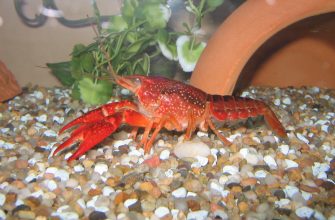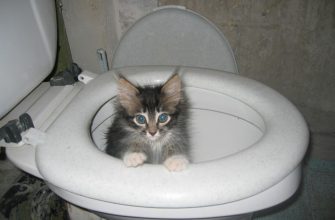Cats, dogs, hamsters, aquarium fish, parrots…? Or foxes, squirrels, hedgehogs, raccoons, snakes, iguanas, chameleons…? Each of us has his or her own view about what a pet should be like. And you can’t argue with that, because every pet is able to respond with love to the care and attention of its owner.
Pros and cons
In this article I would like to tell you about the ideal pet. Its keeping does not require a lot of money, it does not need bathed or walked. You only need to feed it a few times a week, and an adult one only a few times a month. It won’t push you over as it does not need a lot of space. This is a silent pet: it does not bark, nor meow.
This animal will not attack or bite as it has no reason to do so. However, if this pet did bite you, you would not die, but you would be poisoned by a toxic substance. It is better to keep the pet in a cage; otherwise there is a chance that you will not find it in the morning.
In spite of numerous advantages, many people will consider it crazy to have such a pet when they find out what exactly this pet is most likely because they are fearful. However, those who have already seen one will not be able to resist and will want to have one as a pet.
What kind of pet is this?
This article is about the bird-eating spider and it is the ideal pet for lazy owners, because it does not require special care. It is wrong to call it a tarantula. The main difference is the size and toxicity of the poison. Bird-eaters are larger than tarantulas and a tarantula’s sting inflicts more venomous than the bird-eater spider’s one.
How to choose a healthy bird-eating spider?
Certificates of bird-eaters spiders’ health are not issued. Therefore, it is worth knowing a few points, which you can easily find out whether the spider is healthy.
1. The spider is active and moves a lot. A sick spider will not.
2. Rounded belly indicates good nutrition and there is no dehydration.
3. The spider has all its legs. New legs grow back after a few molts, but only if the spider is a young one.
4. It should have no parasites.
A house for the bird-eating spider
Ideally, bird-eaters as pets should live in plastic or glass terrariums with a substrate on the bottom. The substrate (filtered or white toilet paper) should be slightly moistened with water. The spider needs small containers fitted with water for humidifying the air and for regular drinking.
Humidity in the terrarium is important. Too little humidity breaks molting cycles and the spider can get sick; too much causes mold and fungus to form in the terrarium.
The bird-eaters do not need additional light. Room light is quite enough for them, since these spiders are nocturnal creatures.
There must be small holes on the lid of the terrarium for air access. The holes should not be large, or the spider will escape.
Put in the terrarium stones of different size and shape, dry branches and other items that do not have sharp corners on which the spider can climb on.
What do bird-eating spiders eat?
Feed them insects. Pet stores offer different food for dogs, cats and parrots and they also stock food for spiders.
Despite its name the bird-eater spider can die having a bird as a meal. This is due to indigestion. It is not recommended to feed the spider mice, frogs, cockroaches or other street insects. Since this may carry different parasites, which could kill or poison your spider.
A young bird-eater spider should be fed every other day. The older it gets, the less food it requires. The young spider eats several times a week. The adult one feeds even less often – several times a month.
The amount of food for one meal should be three times less than the spider size. Don’t let the spider overeat otherwise its abdomen may just burst.
Change drinking water everyday as the spider could die of thirst faster than of starvation.
Molt period
Is your spider refusing food? Has it become sedentary? Has the spider’s color faded? Is it difficult do recognize your spider? This means that an important period of your spider’s life has come. The period, when an old exoskeleton is resetting and changing by a new one.
Do not be afraid. This is a natural process after which the spider grows in size and its color becomes very rich once again.
The spider weaves a kind of hammock out of its web and lies in it, belly up. It can stay in this position for several days. The skin on its back cracks and the renewed version of the spider comes out. It waits for the new skin to harden. After that, the spider “throws” its old version into a corner of the terrarium. Now the spider is active and moved again, and is probably hungry.
Age of bird-eating spiders
The number of molts, experienced by the spider, determines its age. Sexual maturity is reached by the 12th molt, before it is 8 years old. After the last molt, the spider does not live for longer than a year and it dies. Females molt less often than males, mature females can reach an age of 8-10 years.
Summarize
Whether you want to own such a pet is up to you, but after reading this article, you may conclude that the bird-eater spider does not require much looking after. However, your friends may think that you are odd having such a pet.







